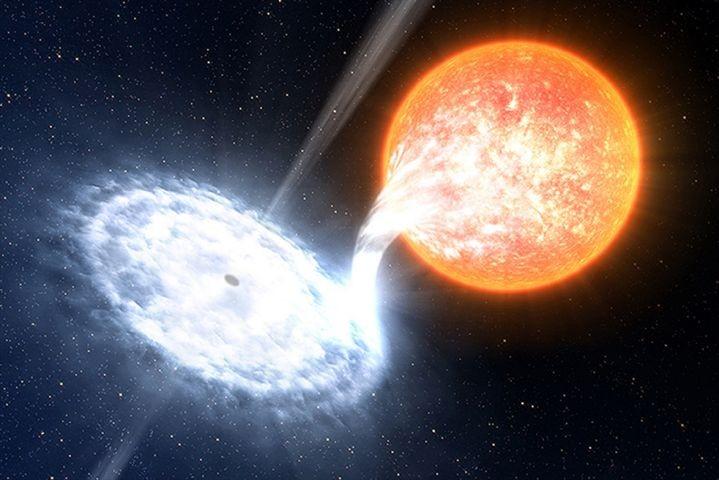
Credit: ESO
In June 2015, an outburst of the black hole V404 Cygni was observed using the ULTRACAM fast imaging camera of the Herschel Telescope. The source, located about 7,800 light-years from Earth, has also been observed in the past and was the first definitive black hole to be identified in our galaxy. Actually, it had been erupted again back in 1989.
During the last observations red flashes were produced from the black hole, resulting in one of the brightest outbursts in recent years. The flashes lasted only for fractions of a second; some of them being shorter than 1/40th of a second and their power were equivalent to the output of 1,000 suns. Scientists were able to observe the red colour of the flashes thanks to the capabilities of the ULTRACAM that can capture high frame-rate “movies” of astronomical targets in three colours. The red color is attributed to fast moving jets of matter that were ejected from close to the black hole. Astronomers speculate that the black hole was being force-fed by its companion star and ejected, in the form of jets, the material that it could not digest.
The outburst of V404 Cygni has greatly motivated astronomers to coordinate their efforts to observe future outbursts. This can a real challenge, especially when attempting simultaneous observation from ground based telescopes and space satellites.
Publication: Gandhi et al. 2016
Source: Astronomy.com
